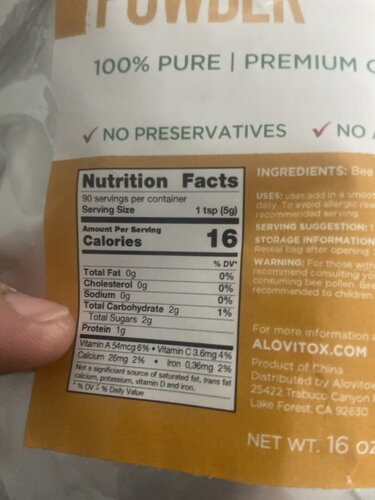Kaizen
Chameleon Enthusiast
We are told not to feed our feeders things like dog food because the protein levels are super high, and this can lead to a build up of uric acid in our bugs. This in turn is not good for our chams because it is suspected it can play a role in the development of ailments such as gout.
I think I’m right about this...(?)
So if dog food is our metric, it seems we ought to be aiming for protein levels less than dog food...right? Anybody have a protein % range for most dog foods?
I think I’m right about this...(?)
So if dog food is our metric, it seems we ought to be aiming for protein levels less than dog food...right? Anybody have a protein % range for most dog foods?
Last edited by a moderator:







